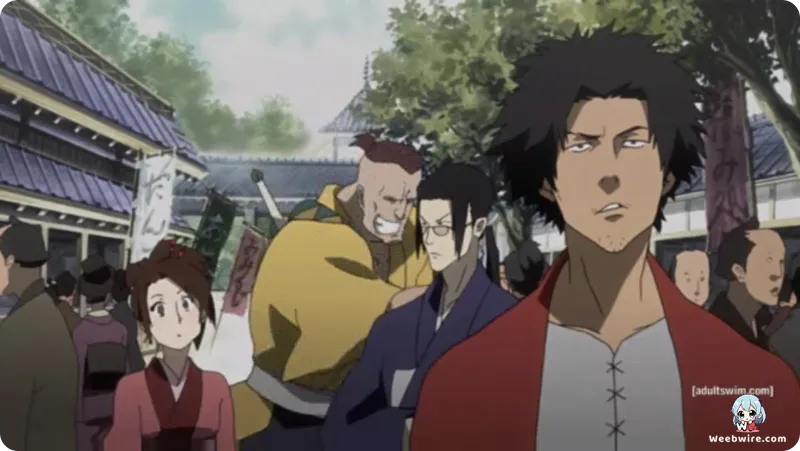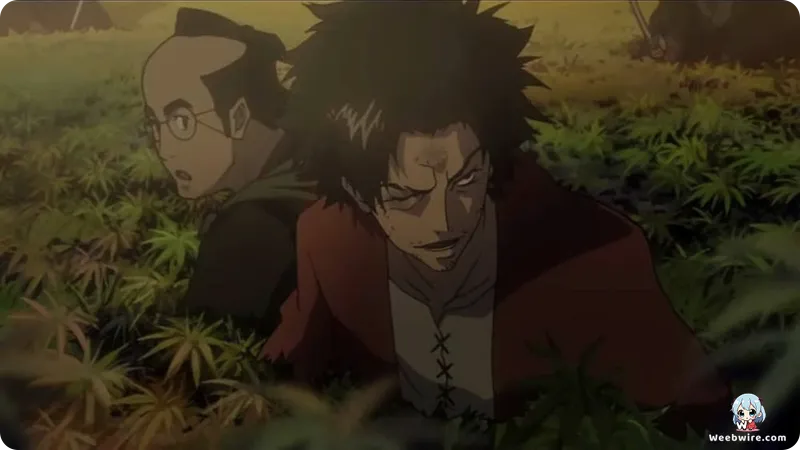The Enduring Legacy of Samurai Champloo: A Hip-Hop Infused Edo-Era Masterpiece

Shinichirō Watanabe's Samurai Champloo, which first aired in May 2004, is a groundbreaking animated masterpiece. It brilliantly fuses Edo-period Japan's historical depth with the raw, rebellious energy of contemporary hip-hop. Far beyond a typical historical drama, the series forged a unique identity by blending meticulous period details with audacious anachronisms, all propelled by an iconic, genre-defining soundtrack. Its legendary status is built on fascinating creative choices and a singular artistic vision.
The Genesis of a Unique Vision
The series' origin is particularly compelling. Post-Cowboy Bebop success, director Watanabe deliberately sought a radical creative shift, moving to a historical setting. His vision, however, was revolutionary: to imbue Edo Japan with modern hip-hop sensibilities, seeing a shared improvisational and defiant spirit between the culture and the samurai archetype. The title "Champloo," from the Okinawan "chanpurū" (stir-fry), perfectly encapsulates this eclectic fusion.
The Iconic Soundtrack: Nujabes and Beyond
Samurai Champloo's most enduring legacy is arguably its iconic soundtrack. Crafted by the late, revered Nujabes, alongside Fat Jon, Force of Nature, and Tsutchie, the music is the show's very pulse. Nujabes's soulful, melancholic beats, often mixed with traditional Japanese instruments, created an unparalleled atmosphere: cool, contemplative, and kinetic. This soundtrack profoundly influenced scene pacing and fight choreography, notably Mugen's breakdancing-inspired style, introducing countless viewers to instrumental hip-hop.
Anachronism as Artistic Expression
The show deliberately plays fast and loose with historical accuracy, embracing anachronisms like baseball and graffiti as artistic choices rather than oversights. Watanabe's team meticulously researched Edo Japan, then selectively subverted details to construct a fantastical version. Real historical elements, such as the Shimabara Rebellion, were integrated through this anachronistic lens, allowing the series to explore modern themes while preserving a rich historical aesthetic.
Dynamic Characters and Fighting Styles
Protagonist fighting styles vividly showcase this fusion: Mugen, the wild vagrant, employs "Champloo Kendo" a chaotic blend of breakdancing and street fighting reflecting his untamed nature. Jin, the stoic ronin, contrasts with classical samurai precision. Fuu, the determined girl, drives their quest for the "samurai who smells of sunflowers," leading them through bizarre, often humorous predicaments.

Episodic Storytelling and Manglobe's Contribution
Operating on an episodic structure akin to Cowboy Bebop, Samurai Champloo allows for self-contained adventures within Fuu's overarching quest. This format explored diverse facets of Edo society, from gambling rings to political intrigue and social injustices, with a unique blend of humor and poignant drama, fostering creative experimentation and maintaining unpredictability. A pivotal early production for animation studio Manglobe (founded 2002), Samurai Champloo magnificently demonstrated their talent for fluid animation, dynamic action, and innovative character designs, establishing them as artistic boundary-pushers.
Ultimately, Samurai Champloo stands as a powerful testament to creative freedom and artistic synthesis, defying genre norms to craft a timeless narrative. Its ingenious blend of historical homage, audacious anachronism, legendary soundtrack, and unforgettable characters secures its place as an enduring anime masterpiece.
Credits
Samurai Champloo
Author
Shinichirō Watanabe
Cover Art
Kazuto Nakazawa
Studio
Manglobe
Publisher
Bandai Visual
Producers





